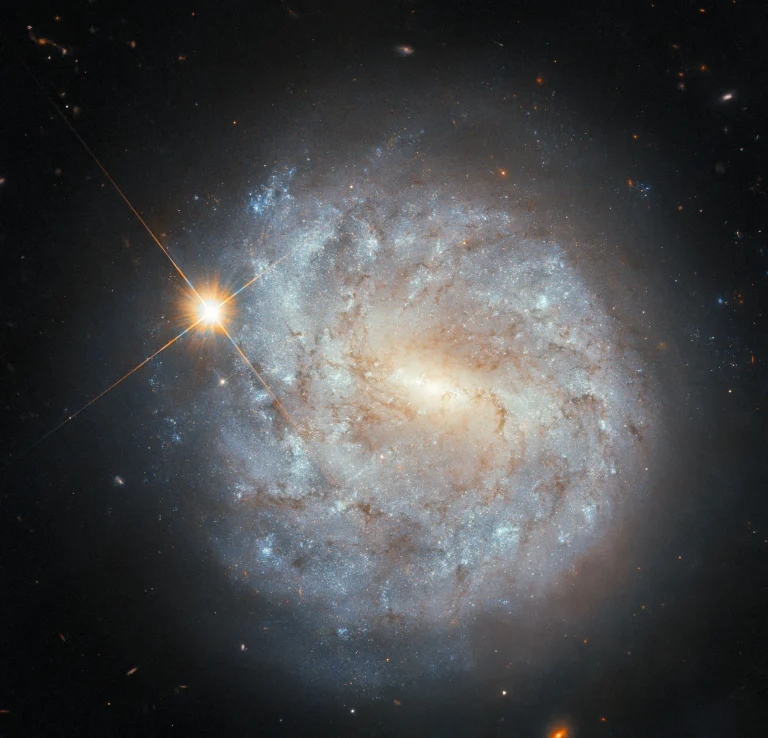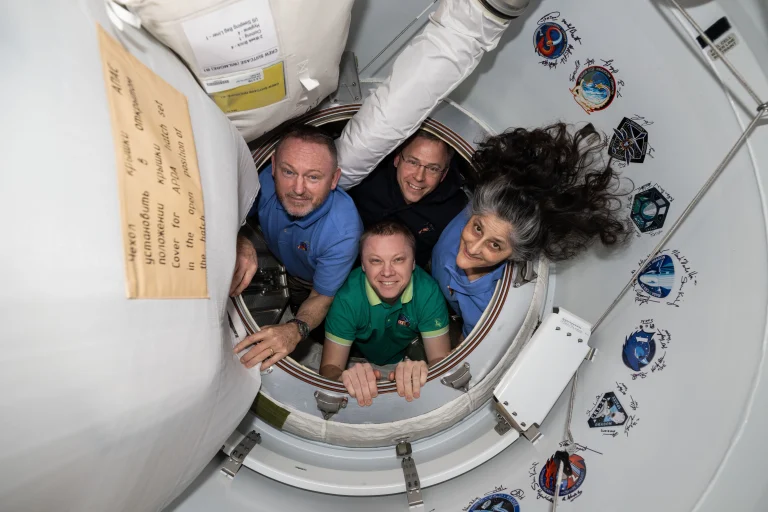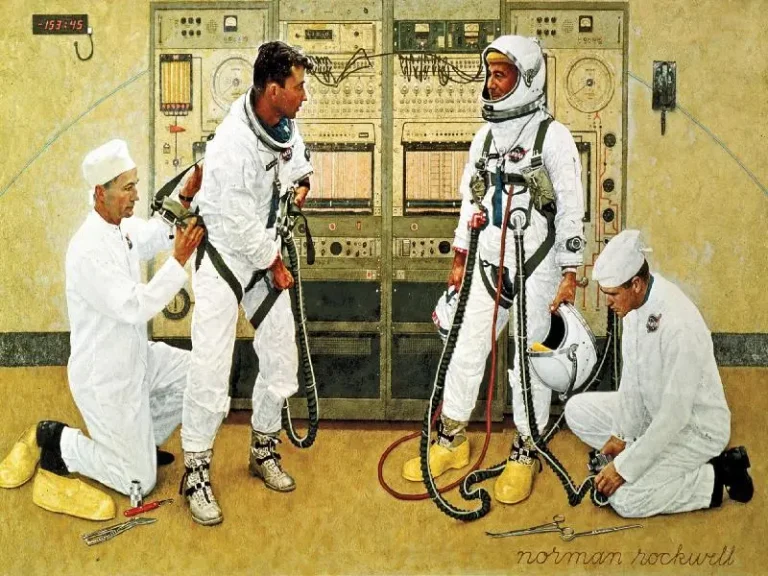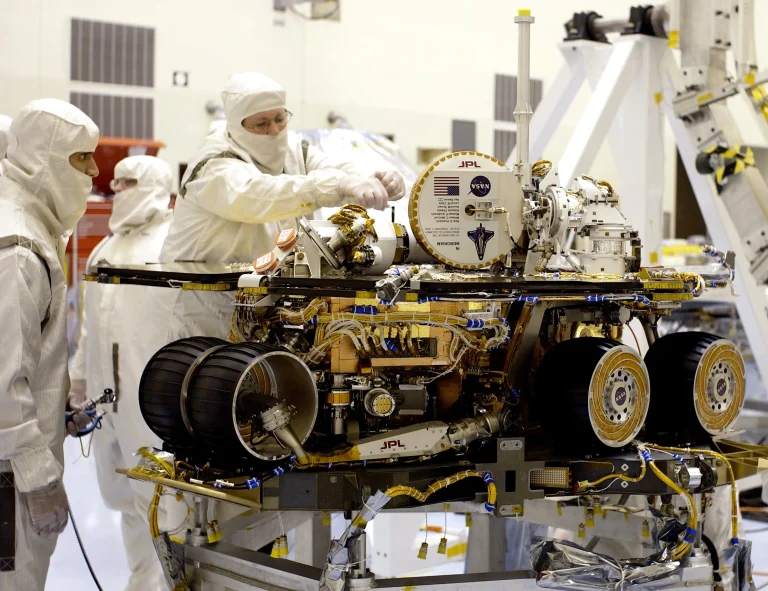The spiral galaxy in this NASA/ESA Hubble Space Telescope image is IC 3225. It looks remarkably as if it was launched from a cannon, speeding through space like a comet with a tail of gas streaming from its disk behind it. The scenes that galaxies appear in from Earth’s point of view are fascinating; many seem to hang calmly in the emptiness of space as if hung from a string, while others star in much more dynamic situations!
Appearances can be deceiving with objects so far from Earth — IC 3225 itself is about 100 million light-years away — but the galaxy’s location suggests some causes for this active scene, because IC 3225 is one of over 1,300 members of the Virgo galaxy cluster. The density of galaxies in the Virgo cluster creates a rich field of hot gas between them, called ‘intracluster medium’, while the cluster’s extreme mass has its galaxies careening around its center in some very fast orbits. Ramming through the thick intracluster medium, especially close to the cluster’s center, places enormous ‘ram pressure’ on the moving galaxies that strips gas out of them as they go.
As a galaxy moves through space, the gas and dust that make up the intracluster medium create resistance to the galaxy’s movement, exerting pressure on the galaxy. This pressure, called ram pressure, can strip a galaxy of its star-forming gas and dust, reducing or even stopping the creation of new stars. Conversely, ram pressure can also cause other parts of the galaxy to compress, which can boost star formation. IC 3225 is not so close to the cluster core right now, but astronomers have deduced that it has undergone ram pressure stripping in the past. The galaxy looks compressed on one side, with noticeably more star formation on that leading edge (bottom-left), while the opposite end is stretched out of shape (upper-right). Being in such a crowded field, a close call with another galaxy may also have tugged on IC 3225 and created this shape. The sight of this distorted galaxy is a reminder of the incredible forces at work on astronomical scales, which can move and reshape entire galaxies!
Image credit: ESA/Hubble & NASA, M. Sun
这张NASA/ESA哈勃太空望远镜拍摄的螺旋星系是IC 3225。它看起来非常像从大炮中发射出来的一样,,在太空中飞驰,就像一颗彗星,它背后的圆盘上有一条气体尾巴。从地球的角度来看,星系出现的场景非常迷人;许多星系看起来就像被一根绳子吊着一样,平静地悬挂在虚无的太空中,而另一些星系则处于更有活力的环境中!
距离地球如此之远的天体看起来可能具有欺骗性——IC 3225本身距离地球大约1亿光年——但是这个星系的位置暗示了造成这个活跃场景的一些原因,因为IC 3225是室女座星系团1,300多个成员之一。室女座星系团中星系的密度在它们之间创造了一个丰富的热气体场,称为“星系团内介质”,而星系团极高的质量使得星系以极快的速度围绕着星系中心运行。撞击穿过厚厚的星团内介质,尤其是靠近星团中心的地方,会对移动中的星系施加巨大的“撞击压力”,使它们在移动过程中剥离气体。
当一个星系在太空中移动时,组成星系团内介质的气体和尘埃会对星系的运动产生阻力,对星系施加压力。这种压力被称为撞击压力,它可以剥离星系中形成恒星的气体和尘埃,减少甚至停止新恒星的产生。相反,撞击压力也会导致星系的其他部分被压缩,从而促进恒星的形成。IC 3225目前离星团核心并不那么近,但天文学家推断它在过去经历了撞击压力剥离。这个星系的一侧看起来被压缩了,在边缘(左下)明显有更多的恒星形成,而另一端则被拉伸变形(右上)。在如此拥挤的区域中,与另一个星系的近距离接触也可能拉扯了 IC 3225,造成了这种形状。这个扭曲的星系提醒我们,在天文尺度上,有不可思议的力量在起作用,它可以移动和重塑整个星系!
影像来源: ESA/Hubble & NASA, M. Sun







